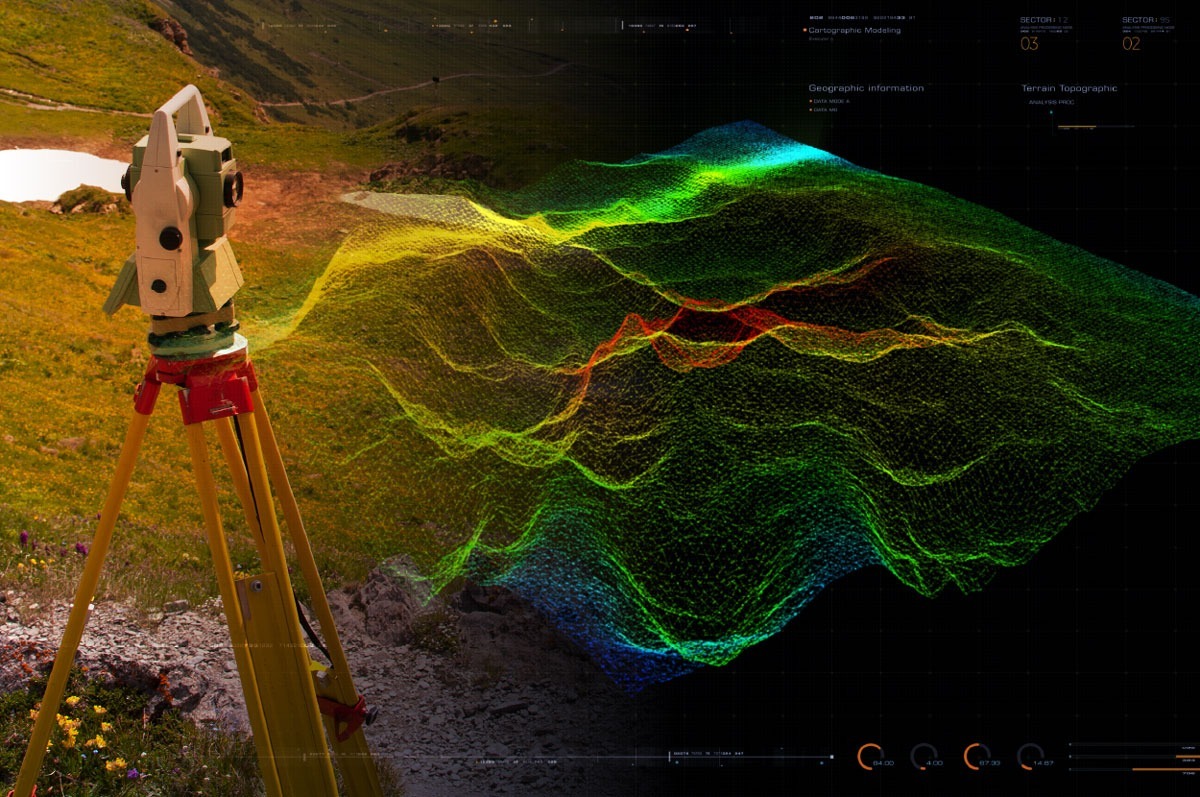Important Tools and Techniques in Laying Out Design
The self-control of establishing out engineering relies heavily on a suite of necessary tools and techniques that underpin the precision and effectiveness of job implementation. What implications does this hold for future engineering methods?
The Significance of Accurate Dimensions

The importance of exact measurements prolongs beyond mere conformity; they are important to the total effectiveness of engineering processes. Errors can lead to material waste, job hold-ups, and enhanced labor expenses, eventually influencing the task's profits. In addition, exact dimensions enhance the high quality of the final product, making certain that it executes as planned and satisfies the assumptions of stakeholders - setting out engineering.
Moreover, the value of accurate dimensions appears in different engineering techniques, consisting of civil, mechanical, and electric engineering. Each area demands an one-of-a-kind technique to dimension, yet the underlying requirement for precision stays consistent. As tasks end up being progressively intricate, the reliance on exact dimensions will just escalate, highlighting the requirement for regular developments in measurement strategies and innovations. Thus, fostering a culture that prioritizes accuracy is crucial for the future of engineering.
Important Devices for Laying Out
Setting out, an essential phase in the engineering and building process, counts heavily on particular devices that make sure accurate area and placement of structures. Amongst these tools, the property surveyor's level sticks out, offering accurate straight measurements vital for developing referral factors. This tool makes it possible for engineers to establish altitude adjustments and preserve harmony throughout the job website.
The total amount terminal is another vital device, integrating electronic range dimension with angular measurement capabilities. This technology enhances performance and precision in catching spatial information, allowing for efficient website format and planning.
Additionally, making use of measuring tapes and noting devices, such as chalk lines or risks, is essential for momentarily marking borders and crucial points on the site. These fundamental tools, though straightforward, are essential for ensuring clear interaction among the construction group pertaining to job requirements.
Lastly, GPS technology has actually obtained traction in laying out processes, giving real-time positioning data and dramatically boosting precision over conventional approaches. Jointly, these vital tools develop the backbone of efficient setting out methods, eventually adding to the effective execution of engineering and building and construction tasks.
Advanced Evaluating Techniques
Advanced checking strategies play a critical duty in improving the accuracy and performance of design projects. These techniques incorporate an array of methodologies that supply accurate data for style and construction. Conventional methods, such as progressing and triangulation, have actually progressed into much more sophisticated techniques, consisting of Complete Station studies and International Navigation Satellite Solution (GNSS)
Complete Terminal gadgets incorporate digital theodolites with range dimension capabilities, permitting surveyors to collect exact place data with fantastic speed. This modern technology substantially minimizes mistakes related to manual dimensions and supplies real-time information processing. Furthermore, GNSS uses unrivaled accuracy for large projects by making use of satellite signals to determine precise positioning, which is crucial for making certain and aligning frameworks compliance with design requirements.
Along with these devices, progressed techniques also incorporate geospatial analysis and 3D modeling. These approaches allow designers to visualize terrain and site conditions better, assisting in better decision-making throughout the preparation stage. By employing these innovative evaluating techniques, engineering jobs can accomplish greater accuracy in layout, lower rework, and inevitably improve general job success.
Digital Technology in Design
The assimilation of digital modern technology has actually transformed design methods, improving both performance and precision throughout different disciplines. Devices such as Building Info Modeling (BIM) help with the visualization and administration of complex jobs, enabling designers to collaborate perfectly and make notified choices. This technology makes it possible for the development of comprehensive 3D models, which can be analyzed for architectural stability and effectiveness prior to building starts.

The application of artificial intelligence and maker understanding in design procedures additionally boosts anticipating upkeep and optimization of sources. Overall, digital innovation is improving the engineering landscape, driving technology, and ensuring that projects are completed with greater performance and minimized risk.
Finest Practices for Implementation
When executing digital technology in engineering, it is critical to develop a critical method that aligns with project objectives and organizational abilities. A detailed evaluation of existing operations and innovation infrastructure is vital to determine voids and possibilities for enhancement. Engaging stakeholders early at the same time fosters partnership and makes certain that the technology meets user needs.

Task managers must adopt a repetitive execution strategy, allowing for changes based on real-time responses and efficiency evaluations. This nimble approach not only minimizes risks yet additionally promotes continuous renovation by incorporating lessons learned.
Final Thought
To conclude, the combination of vital devices and progressed strategies in setting out design is essential for guaranteeing accuracy in dimensions and successful project implementation. Using tools such as land surveyor's degrees, overall stations, and GPS modern my website technology, along with modern checking methods, enhances precision and minimizes the likelihood of mistakes. Adopting ideal practices in execution even more optimizes these procedures, ultimately cultivating enhanced task outcomes in the design and construction industries.
The technique of setting out engineering counts heavily on a collection of vital tools and methods that underpin the precision and effectiveness of task implementation.In addition, the importance of precise dimensions is noticeable in different design techniques, including civil, mechanical, and electrical design. By utilizing these advanced surveying methods, engineering jobs can accomplish greater precision in layout, reduce rework, and eventually enhance general task success.
Overall, digital innovation is reshaping the engineering landscape, driving innovation, and making certain that projects are completed with greater efficiency and lowered risk (setting out engineering).In conclusion, the integration of vital devices and progressed techniques in establishing out engineering is crucial for making sure accuracy in measurements and successful task execution